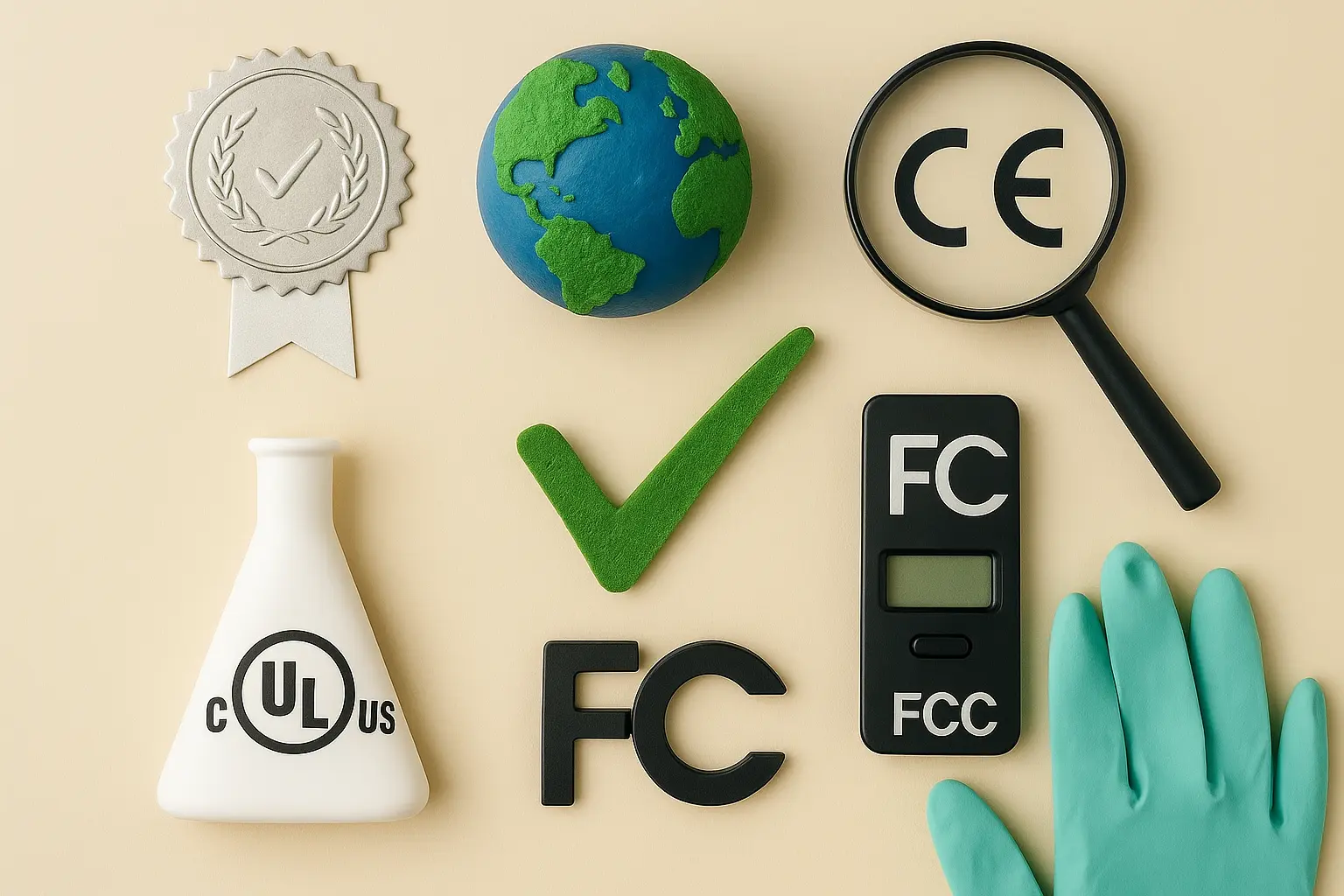Lighting Equipment Safety Certification
The certification of lighting equipment to safety standards is a critical process ensuring that products meet stringent international and national requirements. This process guarantees not only the safety but also the reliability and performance of the equipment in real-world applications.
Lighting equipment includes a wide range of products such as lamps, luminaires, sign lights, and other devices used for illumination. The certification ensures that these products do not pose risks to users or the environment during normal operation and under reasonably foreseeable conditions. This service is essential for manufacturers who wish to ensure compliance with relevant regulations and standards.
The process of obtaining safety certification involves several steps, including product design review, manufacturing process evaluation, testing, and finally, compliance assessment. Each step ensures that every aspect of the lighting equipment meets specified requirements. The testing phase alone encompasses multiple laboratory-based tests aimed at assessing various aspects like thermal management, electrical performance, and mechanical integrity.
Once all necessary evaluations are completed, a certification body will issue a certificate if the product passes all required assessments. This certification is an important factor for manufacturers to gain market access in many countries around the world. It also provides assurance to consumers that they are purchasing safe products.
| Product Type | Certification Bodies Recognized |
|---|---|
| Lamps | UL, ETL, CE, FCC, IEC |
| Luminaires | cULus, CE, EAC, FCC, RoHS |
| Sign Lights | CE, VDE, TUV, CCC |
Applied Standards
The standards applied in lighting equipment safety certification are crucial for ensuring the quality and reliability of the products. These include internationally recognized standards such as those from ISO, IEC, ASTM, EN, and NEMA.
International Standards:
- IEC 60598 Series: General requirements for lamps
- EN 62471: Lamp and luminaire classification with respect to photobiological safety
- ASTM F2382-15: Standard Test Method for Photobiological Safety of Solid-State Lighting Products
National Standards:
- FCC Part 15, Part 18: Radio Frequency Interference and Electromagnetic Compatibility
- UL 8750: Requirements for Fluorescent Lamps and Ballasts
The standards ensure that the lighting equipment is safe to use in various environments while minimizing any adverse effects on health and well-being. Compliance with these standards also helps manufacturers meet regulatory requirements, thereby reducing potential legal risks.
Quality and Reliability Assurance
The quality and reliability of lighting equipment are paramount in ensuring that the products perform consistently over their intended lifespan. Quality assurance (QA) measures include rigorous testing during development, continuous monitoring throughout manufacturing, and post-production inspections.
- Pre-Production Testing: This involves conducting initial tests to identify potential issues early in the design process.
- Manufacturing Inspection: Regular checks are performed on production lines to ensure that all units meet specified standards.
- Final Quality Check: Each finished product undergoes a final inspection before certification.
The reliability aspect is equally important, especially for products that will be used in demanding environments. Reliability testing simulates real-world usage conditions to evaluate the equipment's durability and performance under stress. This includes exposure tests to temperature variations, humidity levels, and mechanical vibrations.
By implementing a robust QA process, manufacturers can ensure high-quality lighting equipment that meets safety standards and performs reliably in various applications. This approach not only enhances customer satisfaction but also strengthens the brand's reputation for reliability and quality.
Use Cases and Application Examples
The use of certified lighting equipment is widespread across numerous sectors, including residential, commercial, industrial, and public spaces. This section highlights some common applications where safety certification plays a vital role in ensuring the safe operation of lighting systems.
- Residential Use: Ensuring that home lighting fixtures comply with safety standards protects homeowners from potential electrical hazards.
- Commercial Spaces: Safety-certified lights are essential for offices, retail stores, and hotels to maintain a safe environment for employees and customers.
- Industrial Applications: In factories and warehouses, lighting equipment must be robust enough to withstand harsh conditions while providing adequate illumination.
- PUBLIC SPACES: Streets, parks, and public buildings require safety-certified lights to ensure the security and comfort of all users.
The following table provides a comprehensive overview of specific use cases for lighting equipment certification:
| Application | Certification Required | Description |
|---|---|---|
| Residential Lighting | UL, ETL, CE | Ensures safe and reliable home lighting. |
| Commercial Lighting | cULus, CE, EAC | Provides safety in office and retail environments. |
| Industrial Lighting | CE, VDE, TUV | Meets the rigorous demands of factory lighting. |
| Public Lighting | CE, CCC, RoHS | Ensures safe and reliable street lighting for public spaces. |





